Zoo exhibits and photographs are as close as Shafqat Hussain has ever gotten to snow leopards. But in the Himalaya mountains of northern Pakistan, he might be their best ally.
Trained as an economist and anthropologist, Hussain became a de facto wildlife conservationist after working on sustainable rural development projects in Pakistan’s Gilgit-Baltistan region.
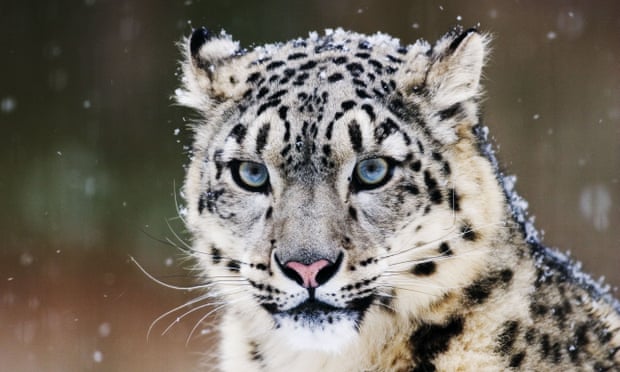
There, the U.S.-educated Pakistan native realized that endangered snow leopards, already under threat due to declining habitats and poachers, were being killed off by local shepherds and farmers to prevent them from preying on domesticated herds.
Attempting to balance the livelihoods of humans and animals who were encroaching on each others’ turf, Hussain created Project Snow Leopard, a nonprofit centered on an insurance program that compensates herders for goats, sheep, yaks, and cattle lost to predators. Hussain estimates that some 50 snow leopards may have been spared so far.
“Snow leopards are beautiful, cunning predators—they’re at the top of the food chain and regulate the balance between predator and prey,’’ says Hussain, a Rolex Laureate, National Geographic emerging explorer, and Big Cats Initiative grantee. “At the same time, to a herder who has 20 goats, they’re deadly enemies that need to be eradicated. You can’t expect people who are struggling to be conservationists.”

Project Snow Leopard has enabled some to be both, allowing the coexistence of humans and animals.
Livestock owners pay annual premiums—about 1 percent of the value of their herds—to cover potential losses. “They didn’t want to pay for insurance at first, but once they realized they would be paid for their losses, there was no problem collecting premiums,” Hussain says.
About 235 farmers have been reimbursed under the program.
Donations to Project Snow Leopard cover about half the program’s costs. Surplus funds have been used for snow leopard camera traps, construction of predator-proof livestock corrals, and financing of community improvement projects.

Project Snow Leopard initially covered three villages. It’s since spread to 19 villages, providing coverage to about 10,000 families. Villagers collect premiums, pay claims, and oversee funding. Similar programs have sprouted in parts of Nepal, Bhutan, Afghanistan, India, and China.
Now 47, Hussain has taught anthropology at Connecticut’s Trinity College since 2009. He acknowledges that he may never see a snow leopard in the wild. But that’s not really his goal.
“I’m happy to see people and nature thrive together,’’ he says.
This article was first published by National Geographic on 30 Nov 2016.
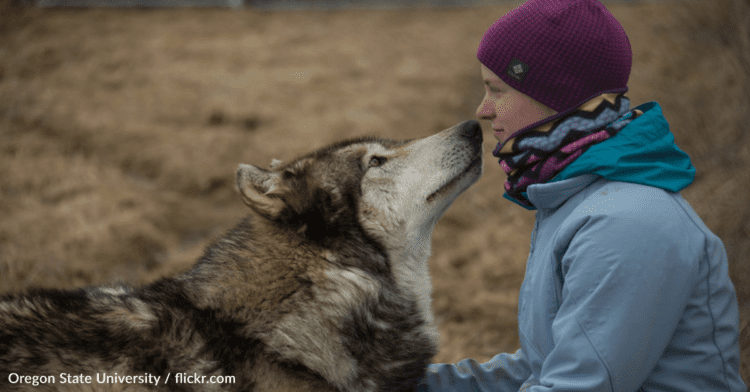
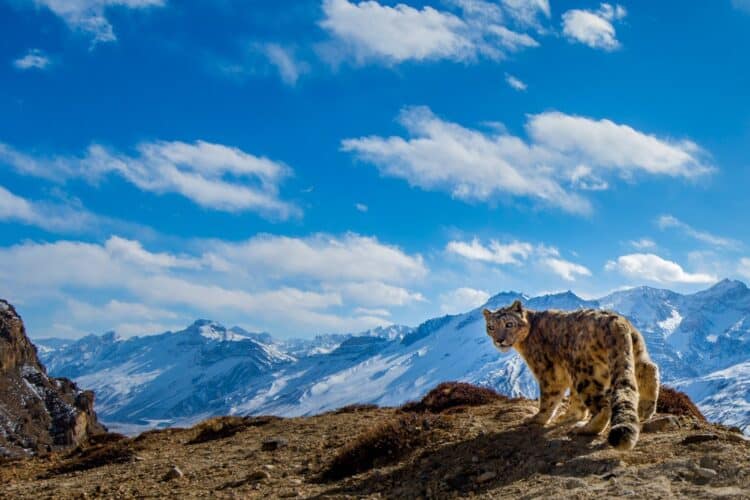
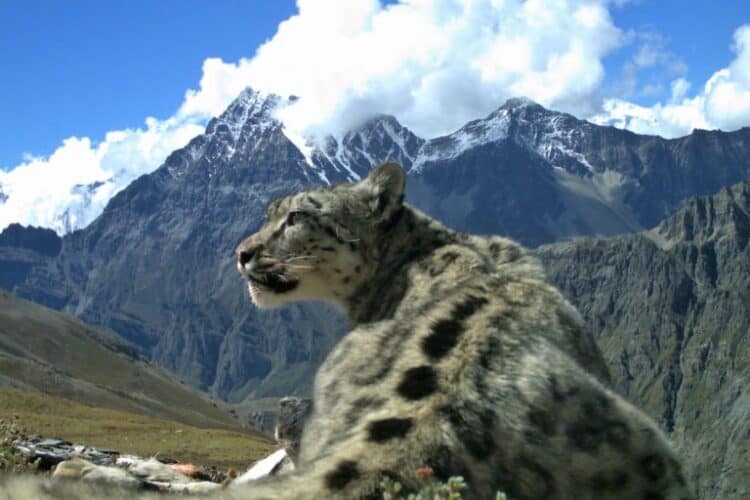
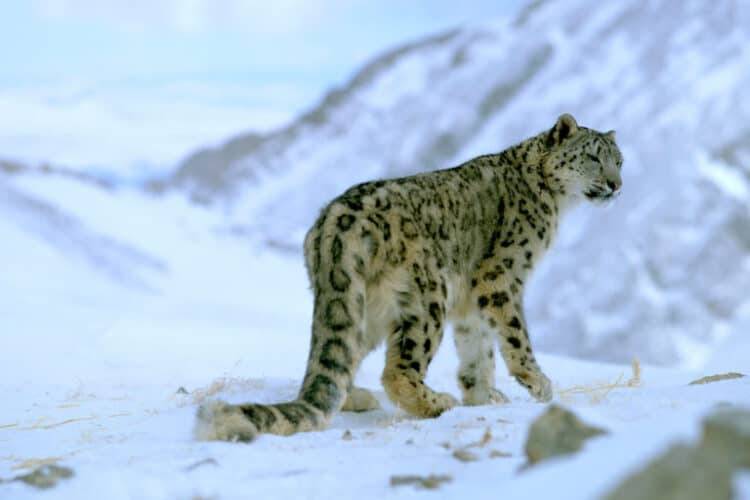
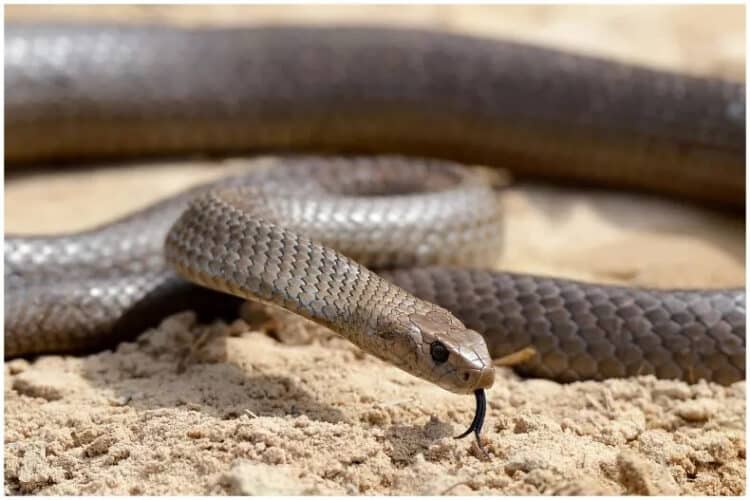
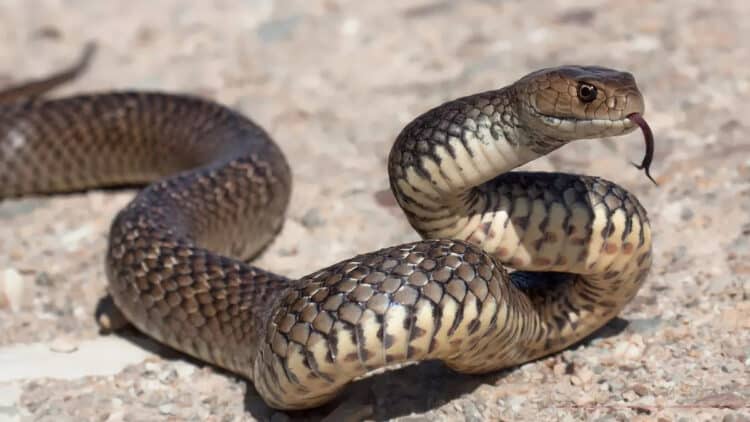
Leave a Reply